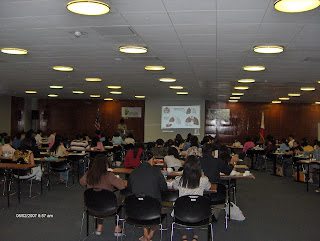TRUE OR FALSE. An asthma client, is producing thick, white secretions. The attending nurse should increase her fluid intake to keep the secretions moist and easier to expectorate.
TRUE.
Reduction of Risk Potential
A client is in recovery following a renal transplant. Which of the following lab results would indicate that the transplant was successful?
A. Calcium, 6.5 mg/dL
B. Bilirubin, 0.7 mg/dL
C. Glucose, 85 mg/dL
D. Creatinine, 1.0 mg/dL
Answer D. Transplant rejection is associated with: fever, decreased urine output, decreasing creatinine clearance, increasing serum creatinine, elevated bun levels, weight gain, and increased blood pressure. Normal serum creatinine is 0.2-1.0 mg/dL. A, B & C do not indicate transplant success or rejection.
TRUE OR FALSE. When assessing a client with chronic arterial insufficiency, the nurse should expect to find increased capillary refill in the lower extremities.
FALSE. Reduced capillary refill and reduced arterial blood flow are signs of arterial insufficiency.
Psychosocial Adaptation
A 38 year old woman is admitted to the psychiatric ward after striking her 8 year old nephew with a frying pan. She is hyperactive and in handcuffs. Which of the following behaviors would indicate the client needs continued restraints?
A. She shouts nasty remarks to the staff.
B. She makes obscene gestures
C. She pushes a UAP out of her way
D. She tears up her chart.
Answer: C. If a client poses a threat of harm to themselves or others, they may be restrained. Usually, nurses first try to talk the client down, or may use a chemical restraint – such as antipsychotic meds. Shouting or making obscene gestures do not warrant restraint, while tearing up their chart means the client needs to be monitored closely (perhaps even given meds to control severe anxiety).





